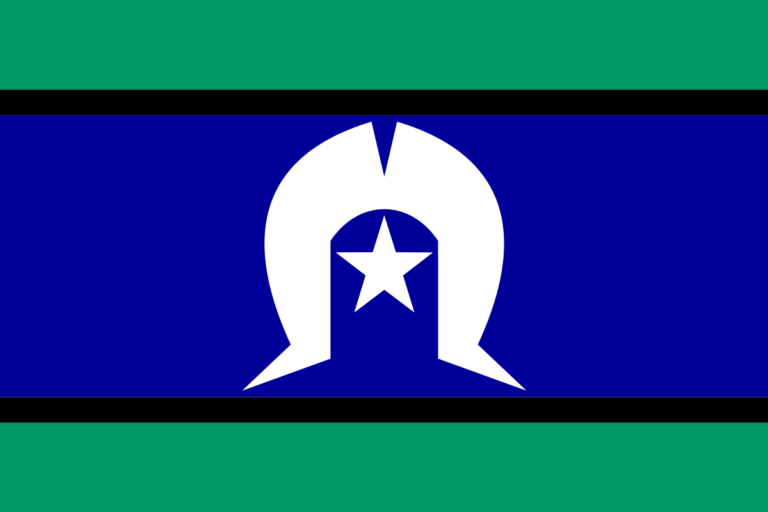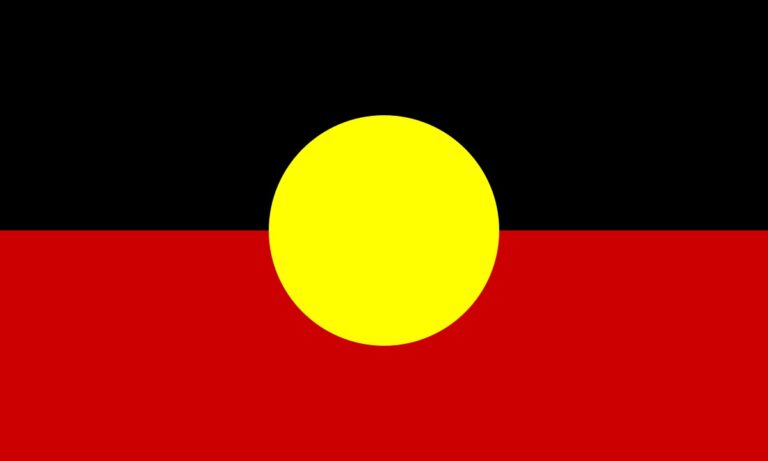In May this year, the Central Australian Aboriginal Congress health service, and CAAAPU, the Central Australian Aboriginal Alcohol Programmes Unit rehabilitation facility, both demanded that police resume coverage of takeaway liquor outlets during all opening hours. Congress’ CEO Donna Ah Chee went so far as to call for the Police Commissioner’s resignation. She cited an outbreak of alcohol-related violence, including stabbings, following what she called the ‘abandonment of full lockdown’ of bottle shops by police.
Why do these Aboriginal service providers, and PAAC, support the practice of uniformed officers turning away mainly Aboriginal customers if they cannot demonstrate that they have somewhere to drink where it is legal to consume alcohol?
The stationing of police outside bottle shops, then known as Temporary Beat Locations, or TBLs, in Alice started in around May 2012. It’s not entirely clear whether this was a police initiative, or was introduced at the suggestion of then Labor Chief Minister Paul Henderson.
A few months later, the CLP won government. The Banned Drinkers’ Register (BDR), introduced by Labor in July 2011 as part of its ‘Enough is Enough’ alcohol reforms, at that stage contained more than 2500 names. The incoming Chief Minister Terry Mills, true to his word, dumped it shortly after the election.
By the following March, Mills had also been unceremoniously dumped while out of the country. His successor Adam Giles, who has famously described the NT’s drinking culture as a ‘core social value’, refused to re-introduce the BDR.
This was despite loud complaints from some Darwin business owners who had had their first taste of what it was like not to have high levels of drunken anti-social activity in and around their premises.
Meanwhile, at bottle shops in Alice, the TBLs, later known as Point of Sale Interventions, or POSIs, became a more regular fixture. It was soon obvious, from regularly published police crime statistics, the annual wholesale alcohol supply data, and privately obtained information about alcohol-related hospital ED presentations, that this was an extremely effective way in which to reduce consumption, and thus alcohol-related offending and social disruption.
It was pretty easy to observe the positive difference in the town; no rocket science degree needed. Like it or not, it’s definitely one of the most successful forms of supply reduction we’ve ever had in Alice Springs.
When the TBLs or POSIs were on it was very, very good, but when they were off, it was mayhem. Alice Springs Show weekend last year provided a particularly stark example, and there have been many others.
Notwithstanding the public acknowledgement of its high rate of effectiveness by senior officers, the commitment to staffing the scheme waxed and waned. It sometimes appeared to be contingent on the views and priorities of whoever was in charge.
The police have at times switched their focus from bottle shop duty to sly-grogging or domestic assaults. The latter of course also decrease when bottle shops are covered.
Whilst it’s a very successful preventative intervention when done properly, bottle shop duty is not what sworn officers generally signed up for; at least some resented the hours spent standing around outside liquor outlets.
Their union, the NT Police Association, became increasingly vocal about this deployment of its members and pushed hard for an alternative, preferably one for which licensees would bear the cost.
The 2017 Riley Review examined the relevant history and evidence and recommended that POSIs continue until no longer required, using trained, uniformed licensing inspectors rather than police officers.
The upshot is that we now have the Police Auxiliary Liquor Inspectors, or PALIs, on the job, with express legislative powers that allow them, among other things, to ask for ID, and to intervene and stop sales at bottle shops.
Police Assistant Commissioner Southern Command Michael White told local ABC radio on 20th November that there is now ‘90 to 95 per cent’ coverage, with ten more PALIs due in Alice after they graduate next month.
Sworn officers will now hopefully have more time to address the sly-grogging, domestic violence and youth property offending that the Assistant Commissioner says remain major concerns.
Discrimination?
The overwhelming majority of those affected by ID checks are Aboriginal people who live in places where alcohol is prohibited. Even if you are not on the new BDR, re-introduced in September 2017, you are effectively banned from buying takeaway alcohol if you can’t show that you have an address where you are allowed to drink.
Isn’t this a racially discriminatory practice? It is. Without doubt, residence-based ID checking discriminates against those who live on ‘dry’ remote communities located on Aboriginal land, or on town camp leases.
Whether it is justified notwithstanding the bias, is an issue that PAAC debated at length, before eventually deciding to support the strategy in the longer term.
The average alcohol intake for all Territorians is way too high; for Aboriginal people it is slightly higher. As research shows us, a larger proportion of Aboriginal than non-Aboriginal people are abstainers; however, there is a tendency to excessive intake, or bingeing, by those Aboriginal people who do drink.
This leads to notably higher rates of preventable chronic disease, alcohol-related hospital admissions, injury and death among the NT’s Aboriginal population. This is simply statistical fact, and does not mean we should ignore the need to reduce overall population consumption.
It may be that the now more formally implemented PALI arrangements constitute a ‘special measure’ that may, if ever challenged, meet the High Court’s most recent test for such measures in the 2013 Queensland case of Maloney v R. Palm Island alcohol restrictions, whilst discriminatory, were held to be valid because they were designed to deal with a ‘serious social problem’ such as alcohol-fuelled violence.
Another perceived discriminatory aspect of the TBLs and POSIs, raised at times by Aboriginal people, has been an apparent police tendency not to ask more non-Aboriginal people to show their ID. Whether intentional or not, we hope this has changed with the PALI scheme.







